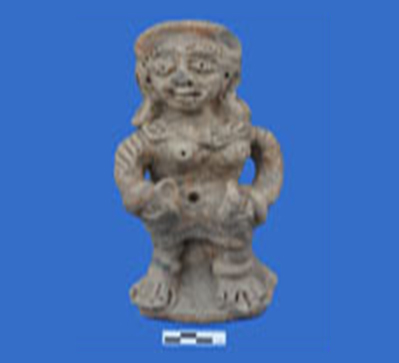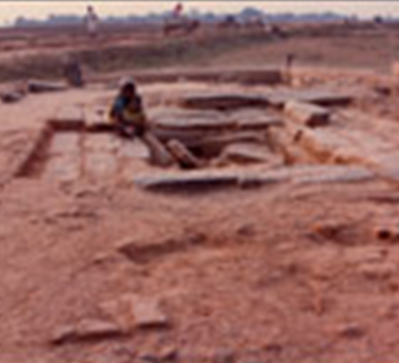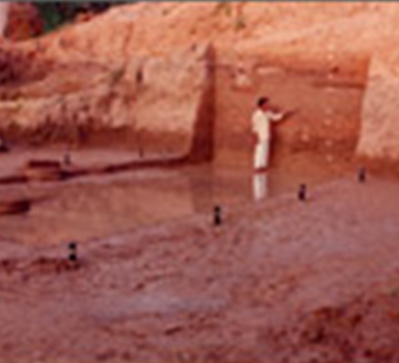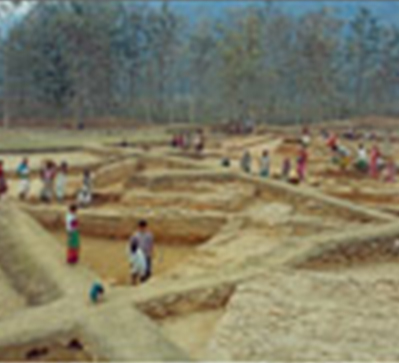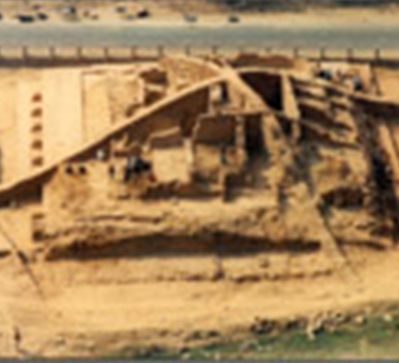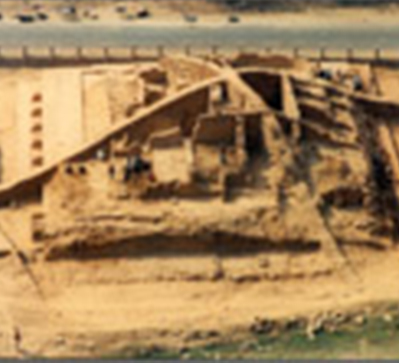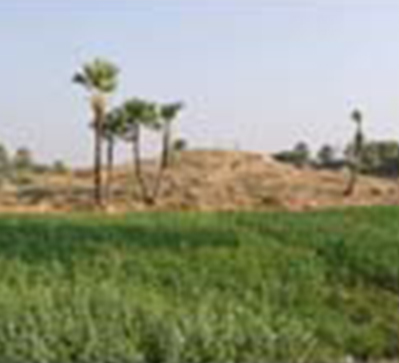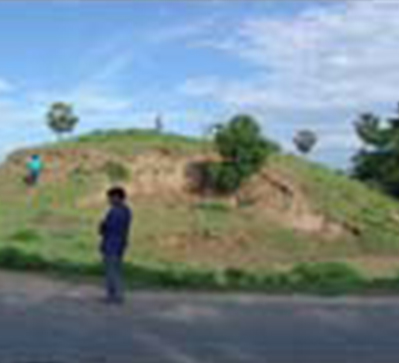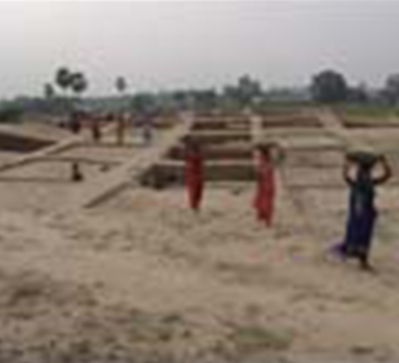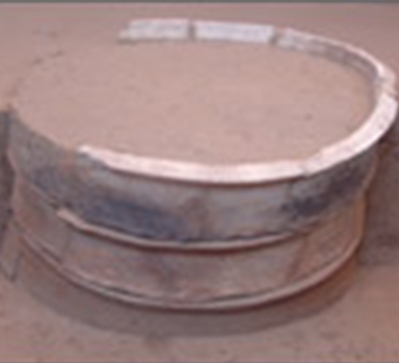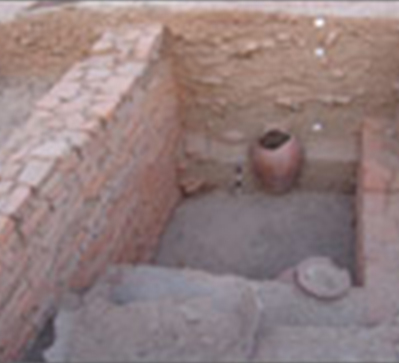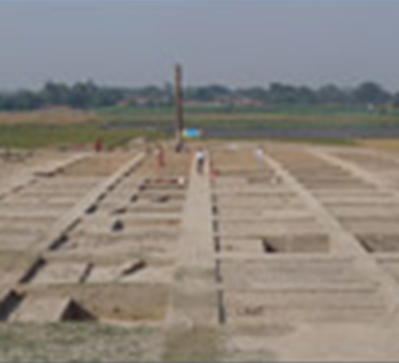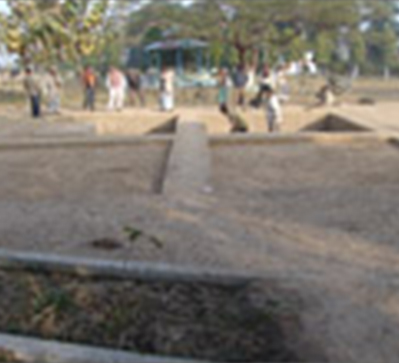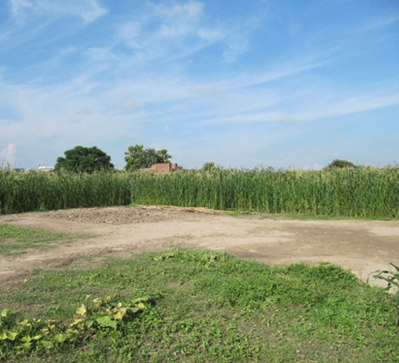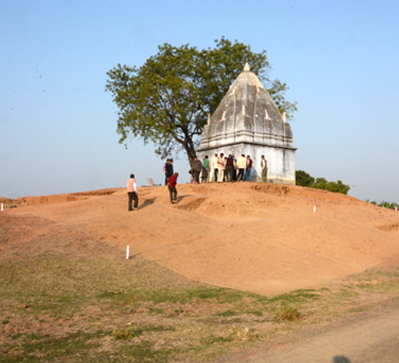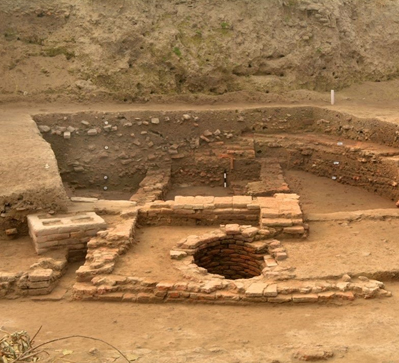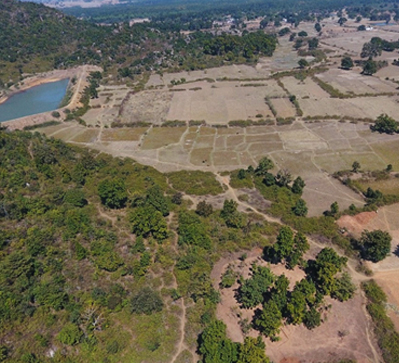Kesariya
| Location | 26° 20′ 2.9″ N, 84° 51′ 17.14″ E |
| District | East Champaran |
| State | Bihar |
| Excavation Years | 2018-19 |
Kesariya is located about 50 Kms. south of Motihari, Headquarter of East Champaran and about 120 kms north–east from Patna. During Buddha’s period this place is marked the border between two very important Mahajanpadas known as the Mallas of Kosal and the Lichchavis of Vashali. This place is associated with Alara Kalam and tentatively identified with Kesaputtanigam of ancient Buddhist text, MajjhimNikaya. The stupa mound is also locally known as Raja Bena Ka Garh or Deora. Excavation Branch III, Patna of the Archaeological Survey of India resumed excavation at site of Kesariya in District East Champaran for the season 2018-19.
This monument is believed to be explored by Mackenzie in 1814, and A. Cunningham conducted small scale excavations in 1861at Ancient Site Raniwas. However a large–scale systemic and meticulous excavation at this stupa mound was initiated by Patna Circle of Archaeological Survey of India in 1998.
Initially, five trenches were laid out from the second tier of the stupa to the ground level on the eastern slope further more trenches were also carried out. This feature of offsets is mirrored on both the faces and in the three exposed arms. 40cm wide drain and has been exposed to a length of 1.70m so far. It is an open drain. Very few potsherds have so far been found during excavation and are of red ware. Rammed floor/path was found in association with these brick structures. This rammed floor rested over a brick paved floor. Cells were exposed in the third terrace.
With the aim of exposing the outer brick circumambulatory path of the stupa at Kesariya a number of trenches were opened in the North-West direction of the principal stupa. The traces of circumambulatory were encountered at the depth of 30 cm to 35cm from the surface. Since the aim was to expose the structure on plan in large area deep digging was not undertaken and the circumambulatory path was exposed in ‘follow the wall’ pattern. This structure is partly exposed and running from north to the south and taking crescent shape. Eleven offsets have been exposed at regular intervals. The width of the structure varies between 4m to 4.5m. The lateral brick courses of the structure are missing at one end and the baulk has also been removed.





